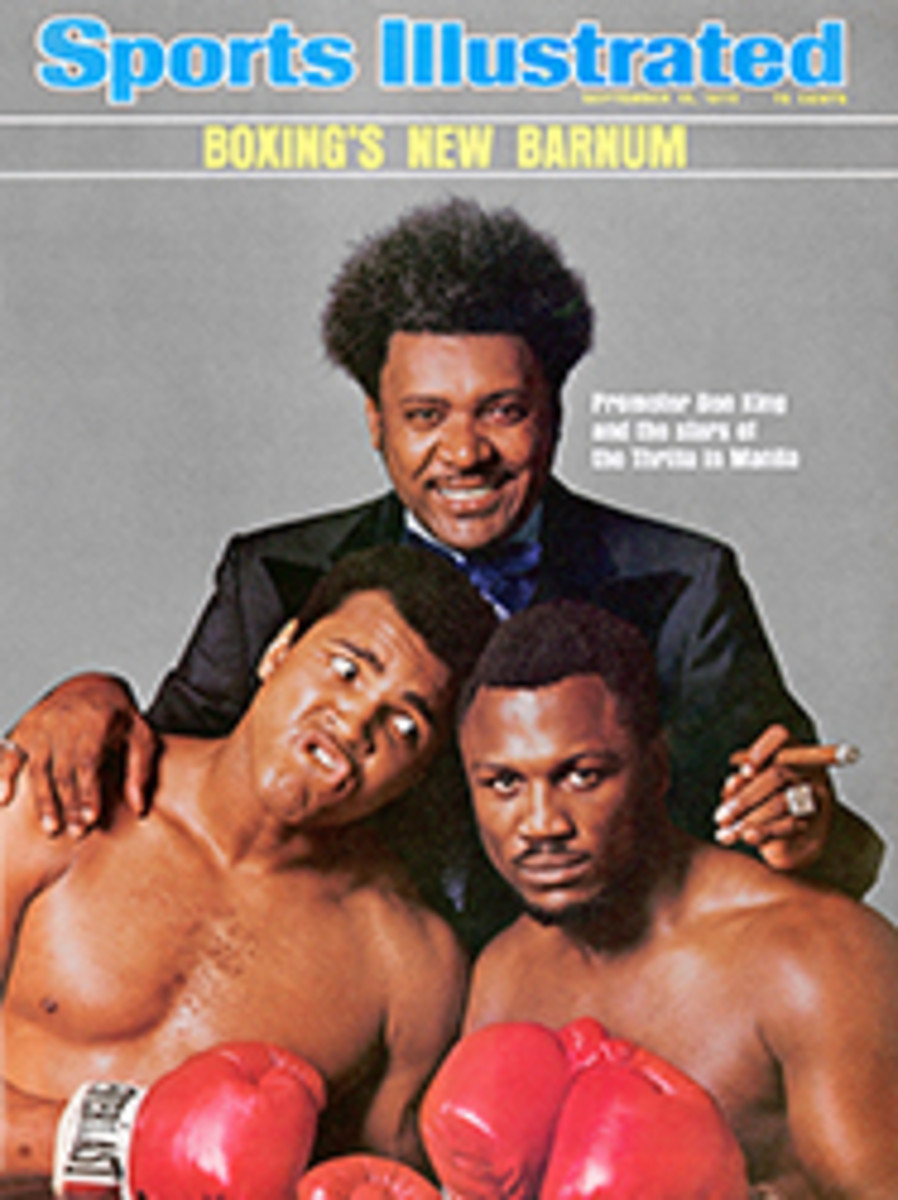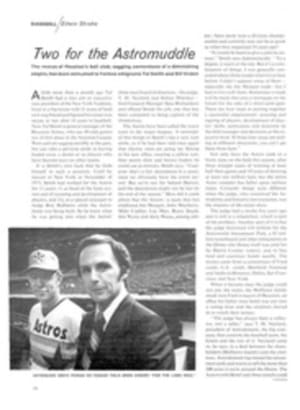
LETTER FROM THE PUBLISHER
Lane Stewart does not like to be thought of as a photographer of animals, though animals have been the subjects of some of his best pictures. His photographs in this issue of the inhabitants of the top U.S. zoos are the product of his sixth more or less beastly assignment this year; the others involved dogs (twice), pigeons, fish and a fly magnified 55 times. In between, he photographs humans.
To take good pictures of animals, Stewart believes that a photographer needs a combination of patience and luck. "Academic knowledge about animals is not so important," he says, "but you must know their habits in captivity. Animals lead a very scheduled life and their keepers can tell you when they are most likely to react. But if an animal won't cooperate, there is not much you can do. I've been lucky. Hsing-Hsing, the panda in Washington (page 84), just mugged and mugged for me."
Stewart was not as fortunate when he first showed up at the St. Louis zoo, his favorite. He was wearing a blue shirt and some of the animals reacted strangely. The keepers' uniforms were brown and the animals were apparently uncomfortable when a man of another color entered their domain. Attired in a brown shirt, Stewart joined a keeper who was feeding a grizzly bear by throwing meat to him across a moat. "The grizzly knew I did not belong with his keeper and let me know it," Stewart says. "He came right to the edge of the moat and glared at me. Believe me, I got the message."
Wherever he went, Stewart received the cooperation of zoo officials. The keepers in St. Louis assisted him in getting a good position to photograph the polar bears. He crouched high on a ledge overlooking their home. Suddenly a bear moved beneath the ledge, momentarily disappearing from Stewart's view. "I turned to the keeper next to me and asked, 'Has it ever been proven that polar bears cannot climb these rocks?' He said, 'No.' It so happens I ran out of film that very instant."
Stewart has found that sometimes you can almost get a little too close. On the pigeon assignment (SI, June 30), he positioned himself where 3,000 pigeons were about to explode out of their crates. "I was suddenly drowned in pigeons, but I managed to click off six frames with my motorized camera," he says, "and one of them appeared in the magazine." Ch. Sir Lancelot of Barvan, the Old English sheepdog that won the Westminster Kennel Club show last February, posed another sort of problem. "I couldn't see the dog's eyes," Stewart recalls. "Eventually I just gave up trying and pretended I was taking a picture of the back of someone's head." The picture made SI's Feb. 24 cover.
On his first visit to the Desert Museum near Tucson, Stewart arrived at dusk and asked a friendly gatekeeper if it would be all right for him to take a quick look around before closing so he could mentally prepare for the shooting he would be doing the next few days. "When the sun goes down, the rattlesnakes come out," the man told him. "We caught one near that water fountain just about this time last night." Stewart, who is from Fort Worth, had seen rattlers before so he walked about gingerly. There were no rattlesnake photos in the work he submitted.
PHOTO
STEWART WEARING HIS FOWL WEATHER HAT

